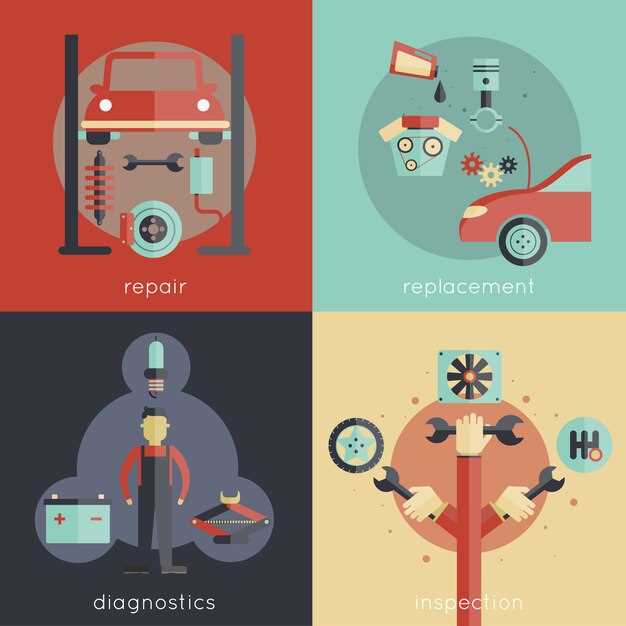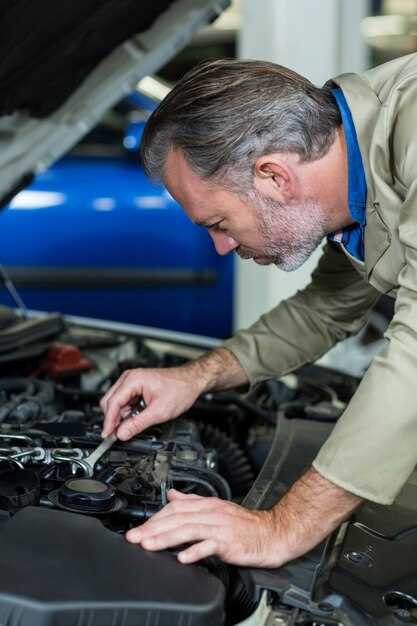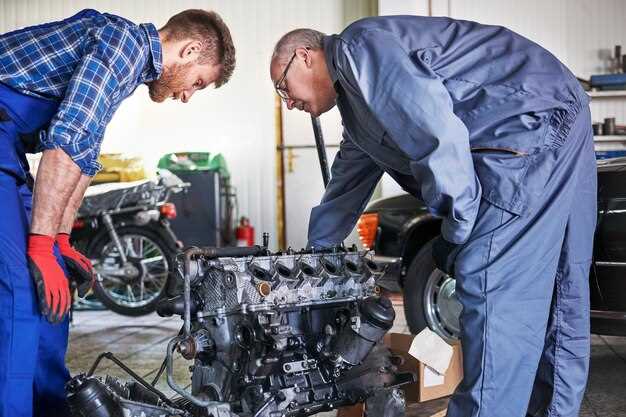
Understanding your vehicle’s engine is crucial for maintaining its performance and longevity. Engine problems often arise unexpectedly, leading to potential breakdowns and costly repairs. By being aware of common engine issues and their solutions, you can save time, money, and unnecessary stress. This article provides essential tips to identify and address engine-related problems effectively.
One of the most prevalent issues drivers face is engine overheating. This can be caused by a variety of factors, including low coolant levels, a malfunctioning thermostat, or a faulty water pump. Recognizing the symptoms early on, such as the temperature gauge reading higher than normal, can help you address this problem before it leads to serious damage. Regular maintenance and checks can keep your engine running cool.
Another frequent concern is poor engine performance. Symptoms may include reduced power, poor fuel economy, and increased emissions. Often, these issues can be traced back to clogged air filters, fuel system problems, or faulty spark plugs. By performing routine inspections and replacing worn components, car owners can maintain their engine’s efficiency and optimize performance.
Ultimately, being proactive about engine care is key. Learning about typical engine problems and their corresponding repair strategies can empower you as a vehicle owner. With the right knowledge and resources, you can tackle engine issues head-on, ensuring your vehicle remains reliable and safe on the road.
Identifying Signs of Engine Overheating and What to Do

Engine overheating can lead to serious trouble if not addressed promptly. Recognizing the signs of overheating is key to preventing more extensive damage and costly repairs. Common indicators include a rising temperature gauge, steam coming from the engine compartment, and unusual engine noises such as knocking or pinging. A warning light may also illuminate on the dashboard, alerting you to high engine temperatures.
If you experience any of these symptoms, it is crucial to take immediate action. First, safely pull over to the side of the road and turn off the engine to allow it to cool down. Avoid opening the hood immediately, as steam or hot air may escape and cause burns. After a few minutes, check the coolant level in the reservoir; low levels can exacerbate overheating issues. If the coolant is low, adding the appropriate type may alleviate the problem temporarily.
Inspect for any visible leaks or damage to hoses and components. If the coolant appears to be leaking or if hoses are cracked, repairs are necessary. In many cases, overheating may be caused by a malfunctioning thermostat, failed water pump, or clogged radiator. If these components are suspect, seek professional repair to ensure that your engine operates efficiently and to prevent future incidents.
Ignoring signs of engine overheating can lead to severe consequences, including a blown head gasket or complete engine failure. Regular maintenance and timely repairs can help to mitigate risks associated with overheating. Ensure that your vehicle’s cooling system is functioning properly by having it checked regularly to avoid trouble on the road.
Troubleshooting Engine Misfiring: Causes and Remedies
Engine misfiring is a common issue that can lead to performance problems, decreased fuel efficiency, and increased emissions. Identifying the root cause is essential for effective repair. Below are potential causes and remedies for engine misfiring.
Poor Fuel Quality
Using low-quality or contaminated fuel can cause misfiring. To remedy this, ensure you always fill up at reputable gas stations. Additionally, consider using a fuel system cleaner to remove any deposits in the fuel injectors.
Ignition System Issues
Faulty spark plugs or ignition coils can lead to incomplete combustion. Replace worn or damaged spark plugs and test ignition coils with a multimeter. Regular maintenance can prevent these troubles.
Fuel Delivery Problems
A malfunctioning fuel pump or clogged fuel filter can restrict fuel flow to the engine. Check for proper fuel pressure, and replace the fuel filter if necessary. If the pump is defective, consider replacement.
Vacuum Leaks
Air leaks in the intake manifold can disrupt the air-fuel mixture, leading to misfires. Inspect hoses and gaskets for cracks or damage. Use a smoke test to identify leaks and repair them promptly.
Engine Timing Issues
Incorrect timing due to a worn timing belt or chain can cause misfires. Regularly check and replace the timing belt according to the manufacturer’s guidelines. If you suspect timing issues, consult a professional for diagnosis and repair.
Sensors Malfunction
Faulty sensors, such as the mass airflow or oxygen sensors, can send incorrect readings to the engine control unit (ECU). Use a diagnostic tool to check for error codes and replace any malfunctioning sensors to improve engine performance.
Tips for Prevention
To minimize the risk of engine misfiring, maintain a regular service schedule, including oil changes and filter replacements. Additionally, use high-quality fuel and keep an eye on your vehicle’s performance to catch issues early.
Understanding Oil Pressure Issues and How to Fix Them

Oil pressure problems can lead to severe engine trouble if not addressed promptly. The oil pump, which circulates oil throughout the engine, is crucial for maintaining proper lubrication and cooling. Insufficient oil pressure can result in increased friction, overheating, and even catastrophic engine failure.
One common cause of low oil pressure is a worn-out oil pump. Over time, the components can degrade, reducing the pump’s efficiency. If the oil pump is damaged, it may need to be repaired or replaced to restore proper function.
Another factor contributing to oil pressure issues is oil viscosity. Using oil that is too thin for your engine can lead to inadequate pressure levels. Always refer to your vehicle’s manual for the recommended oil grade. Switching to the correct viscosity can help improve oil pressure and enhance engine performance.
Additionally, clogged oil passages can restrict oil flow, resulting in low pressure. Regular oil changes are essential for preventing sludge buildup that can obstruct these passages. If you suspect clogging, consider performing an engine flush to clean the system thoroughly.
Faulty oil pressure sensors can provide inaccurate readings, leading to confusion about the actual oil pressure status. If you notice an inconsistency in your oil pressure gauge, have the sensor checked for repair or replacement.
In summary, understanding oil pressure issues involves recognizing the symptoms, identifying potential causes, and knowing how to address them effectively. Regular maintenance, timely repairs, and using the right oil can help safeguard your engine from future trouble and ensure its longevity.










